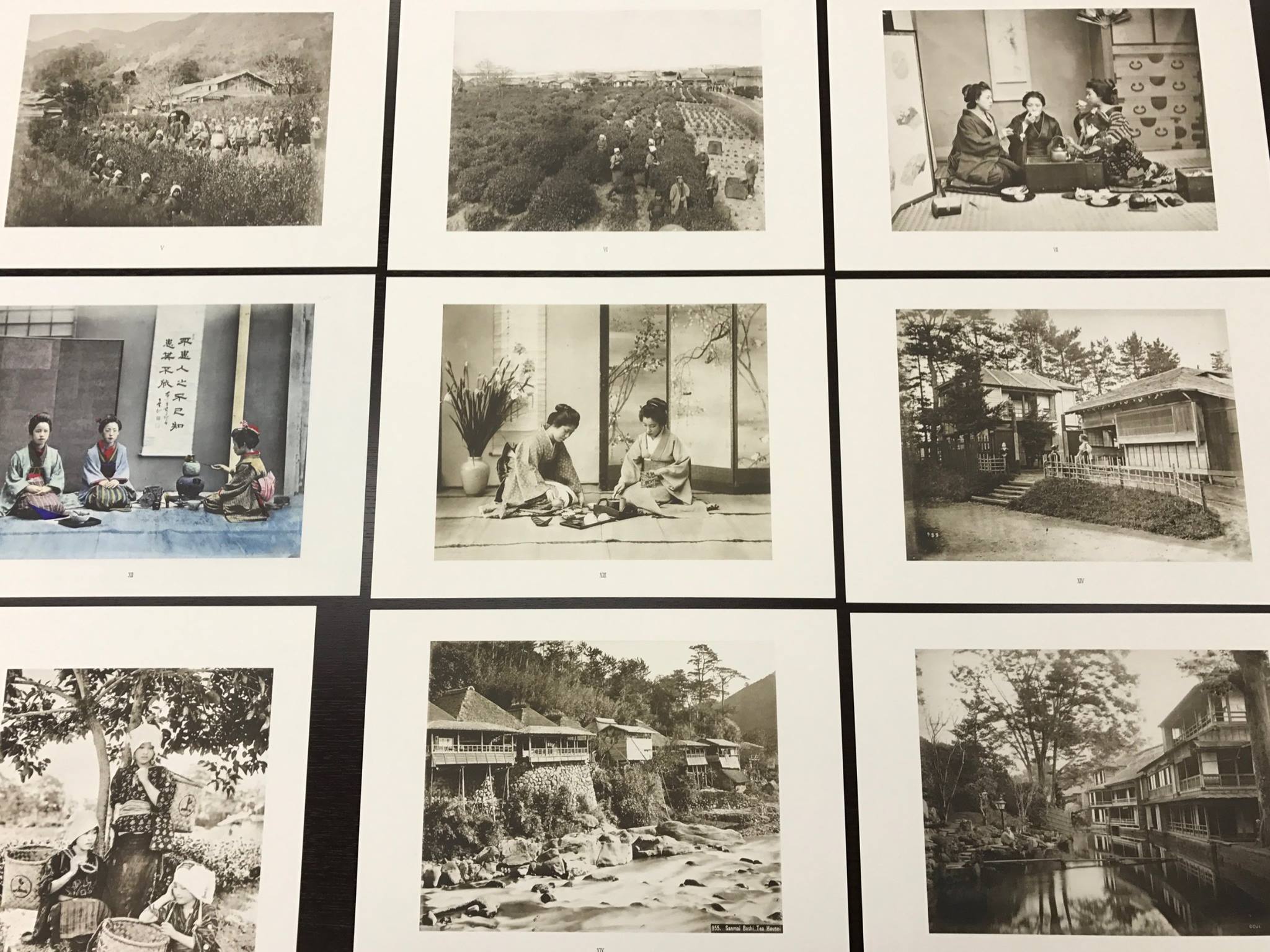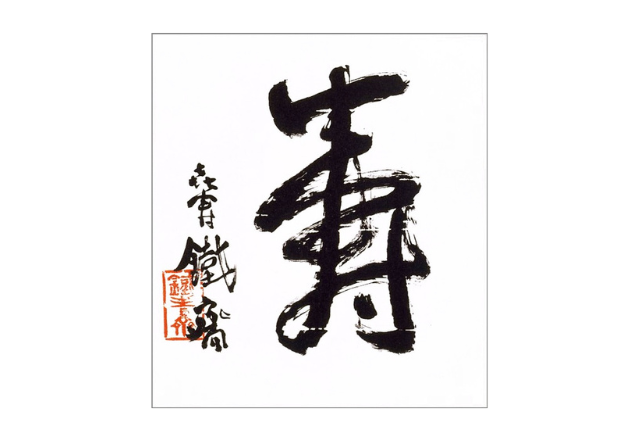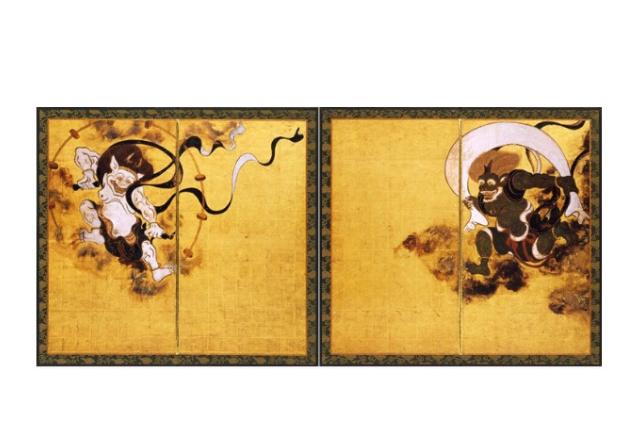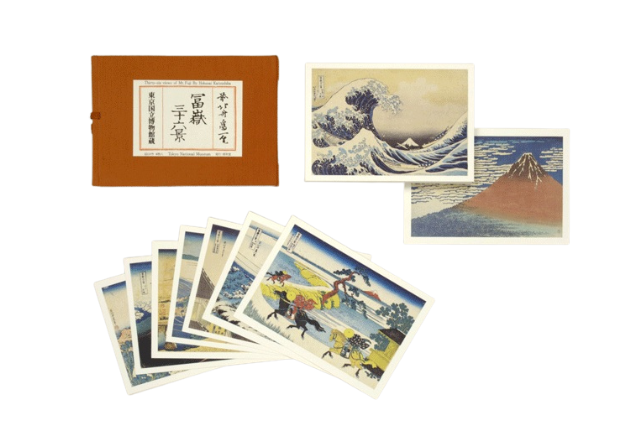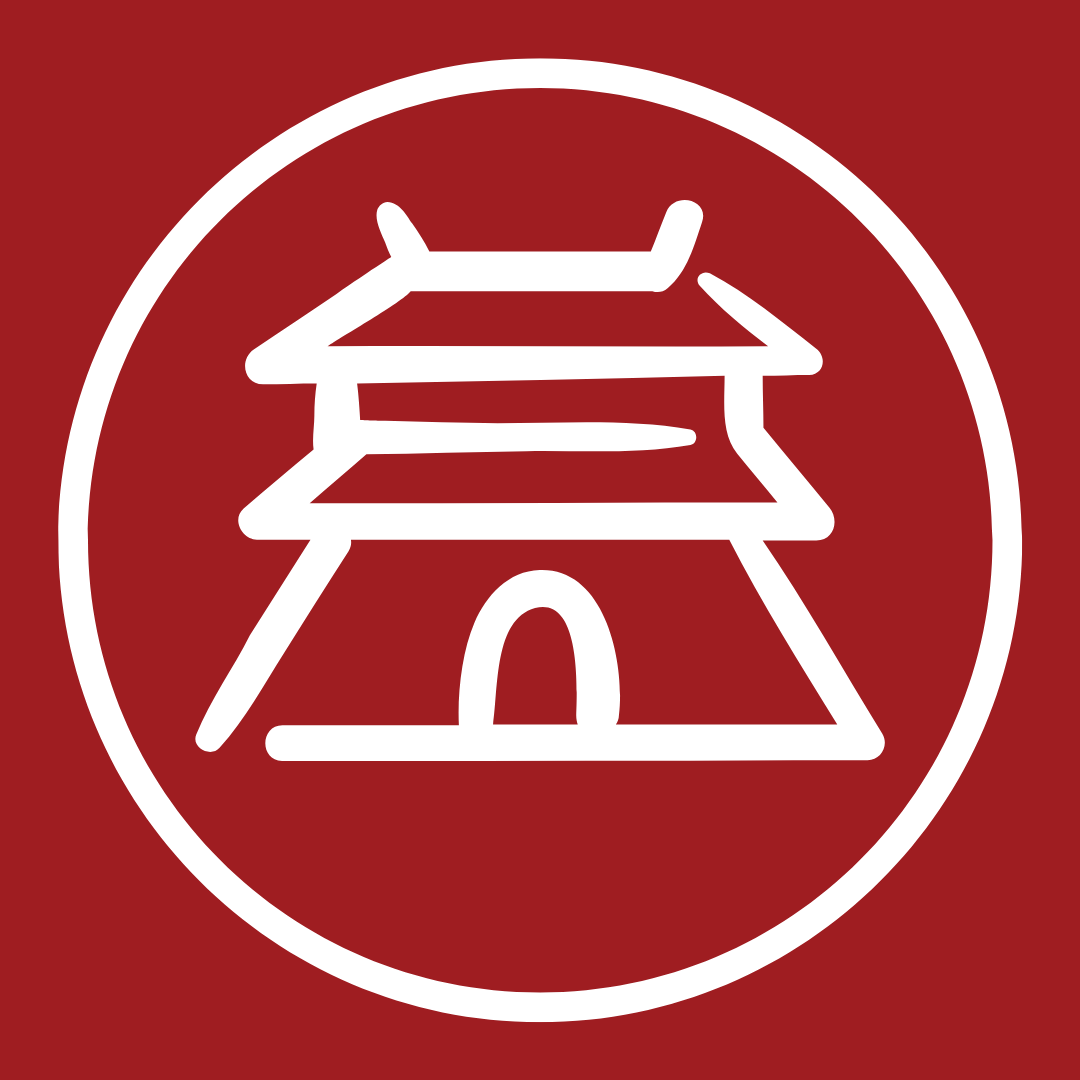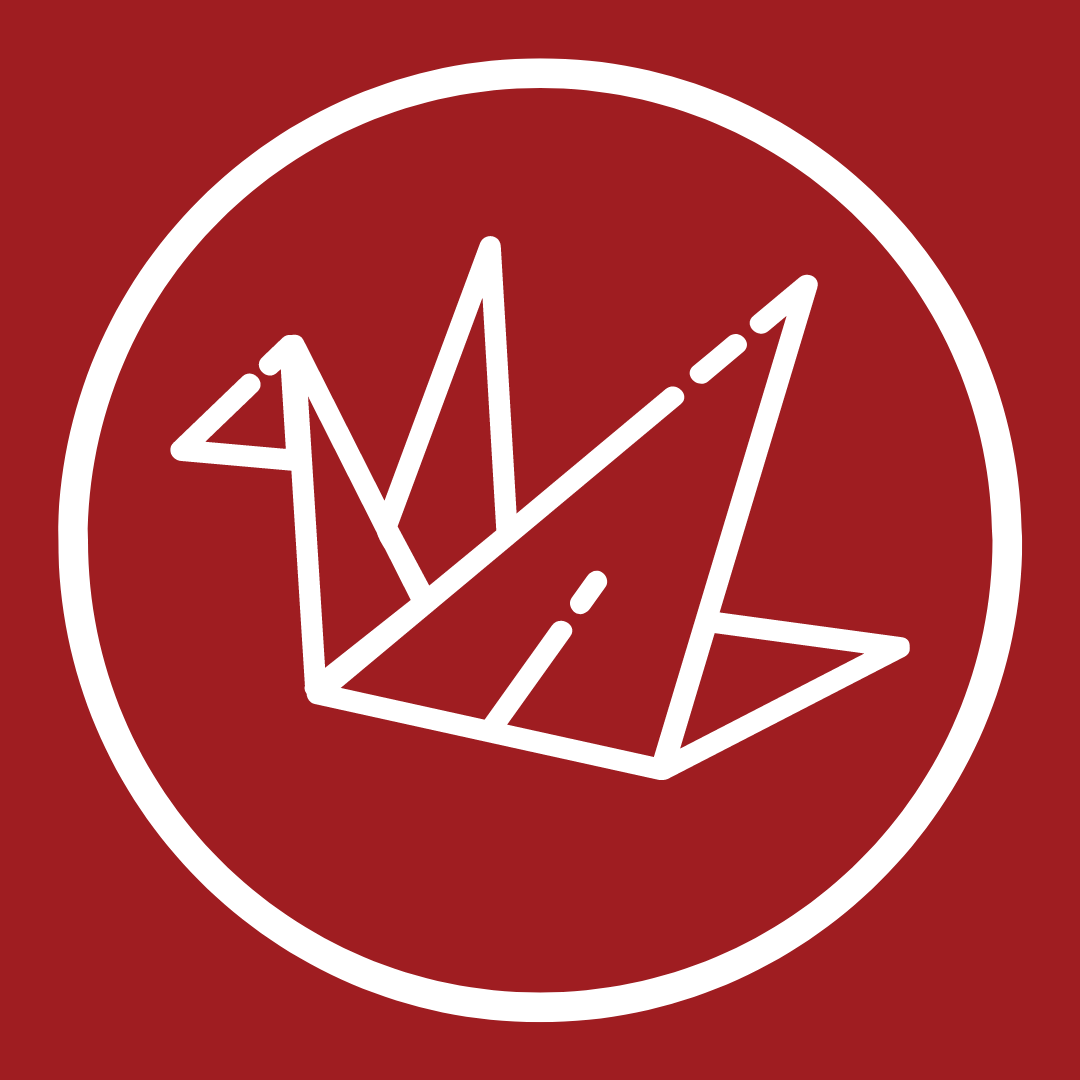This beautiful video shows the Collotype process and the BENRIDO craftsmen at work.
Collotype
Collotype is an interesting fusion between French and Japanese discoveries. The printing process was discovered in France, about 150 years ago. It was a new style of printing that combines photography and printmaking and the results are one-of-a-kind.
When introduced in Japan, Japanese craftsmen mastered in this artform and brought it to the level that it’s at today. Collotype started as the standard method for European photo reproduction, but due to the high level of expertise needed to obtain beautiful results, it was quickly replaced by machine-based, faster and cheaper methods. Artisans like those at BENRIDO are determined to keep the art alive through their beautiful works of art.
There are two key elements to Collotype:
・The gelatin layers used, which result in a subtle tone that only handmade photographs produce.
・And the thick, oil-based ink, which creates a very deep intensity and captures prints, both colored and black-and-white, elegantly and realistically.


How is it made?
Light sculpts the dichromated gelatin layer of the plate. Once the coated glass is exposed to a negative and washed, the gelatin absorbs water in proportion to the degree of light exposure, giving the surface a defined topography. The more light that passes through the negative, the greater the relief it creates in the gelatin layer.
In addition, a second critical transformation takes place here, which enables the registration of extremely fine details in the print. An intricate network of microscopic wrinkles form in the gelatin layer as it dries.
When ink applied to this reticulated surface makes contact with the paper, it saturates the fibers and achieves more complete coverage- and thus more definition than offset printing, for example, which registers color with a dot matrix system, leaving negative space around the discrete point of ink, thus compromising the resolution of the printed image.
BENEFITS OF COLLOTYPE PRINTING
> True Continuous Tone:
Exquisite detail, from deep shadow to bright highlight.
> Rich Pigment Ink:
Opaque, oil-based pigment inks for unmatched richness and depth.
> Distinctive Surfaces:
Thanks to the highly skilled craftsmen, prints can even be made on fibers, including cotton, linen, silk, rice, and vellum.
> Fine Art within Reach:
Collotypes are accessible to collectors whose means may prevent them from investing in extremely rare prints.
